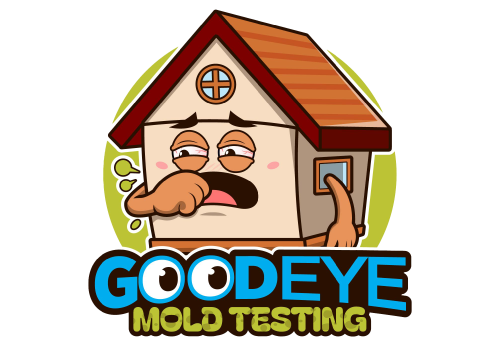Inspection Info
Health Symptoms from Mold Exposure
Mold is a type of fungus that can grow both indoors and outdoors. While some molds are harmless, others can produce mycotoxins, which are potentially harmful substances. Exposure to mold and its byproducts can affect individuals differently, and some people may be more sensitive or susceptible to mold-related health issues. Here are some common ways mold can affect the body and associated symptoms:
Respiratory Issues:
- Allergies: Mold spores are known allergens and can trigger allergic reactions in some individuals. Common symptoms include sneezing, runny or stuffy nose, itchy or watery eyes, and skin irritation.
- Asthma: Mold exposure can exacerbate asthma symptoms or trigger asthma attacks in individuals with asthma. Symptoms may include coughing, wheezing, chest tightness, and shortness of breath.
- Toxic Mold Syndrome: Prolonged exposure to certain molds that produce mycotoxins can lead to toxic mold syndrome. Symptoms may include fatigue, headaches, difficulty concentrating, memory problems, and muscle aches.
- Neurological Effects: Some studies suggest a possible link between mold exposure and neurological symptoms, such as difficulty with coordination and balance.
- Dermatitis: Mold exposure can cause skin irritation, leading to symptoms such as redness, itching, and rash. This is more common in individuals with mold allergies.
- Fungal Infections: Mold exposure can, in some cases, lead to fungal infections, particularly in individuals with weakened immune systems. These infections can affect the skin, lungs, or other organs.
- Fatigue: Prolonged mold exposure may contribute to general feelings of fatigue and weakness.
- Digestive Issues: Some individuals may experience gastrointestinal symptoms, such as nausea, vomiting, or diarrhea, though these are less common.
What is Mold Testing
Mold testing, also known as mold inspection or mold assessment, involves various methods to determine the presence of mold, identify the types of mold present, and assess the extent of mold contamination in a particular environment. Mold testing is often conducted in homes, workplaces, or other indoor spaces where mold growth is suspected or known to occur. Here are common methods used in mold testing:
Air Sampling:
- Spore Trap Sampling: This method involves collecting airborne mold spores on a sticky surface over a specified period. The sample is then analyzed in a laboratory to identify and quantify the types of mold present. Air sampling helps assess the concentration of mold spores in the indoor air
- Culturable Air Sampling: In this method, air samples are collected on culture media that allows viable (living) mold spores to grow. This provides information about the types of mold that are actively reproducing.
- Swab Sampling: A swab is wiped across a surface suspected of having mold growth, and the sample is then analyzed to identify and quantify the mold types present.
- Tape Lift Sampling: This method involves applying clear tape to a surface with visible mold growth, lifting the mold spores, and then examining the tape under a microscope for identification.
- Material Sampling: Portions of materials, such as drywall or insulation, are collected and sent to a laboratory for analysis. This method helps identify mold contamination within building materials.
- Dust Sampling: Dust samples from various surfaces are collected to assess the presence of mold spores and other particles.
Moisture and Humidity Testing:
- Testing for moisture levels in building materials and measuring humidity levels in the air can help identify conditions conducive to mold growth. High humidity and moisture are key factors in mold development.
- This technology can be used to detect moisture issues within walls or other building materials. Moisture can be an indicator of potential mold growth. It's important to note that mold testing should be conducted by professionals with expertise in indoor air quality and mold assessment. Interpretation of results requires knowledge of acceptable mold levels, the types of mold identified, and the specific conditions of the environment. While mold testing can provide valuable information, it's equally important to address the root cause of mold growth, such as water leaks or high humidity, and to take remedial actions to remove the mold and prevent future growth. If individuals suspect mold-related health issues, they should consult with healthcare professionals in addition to addressing the environmental concerns.
